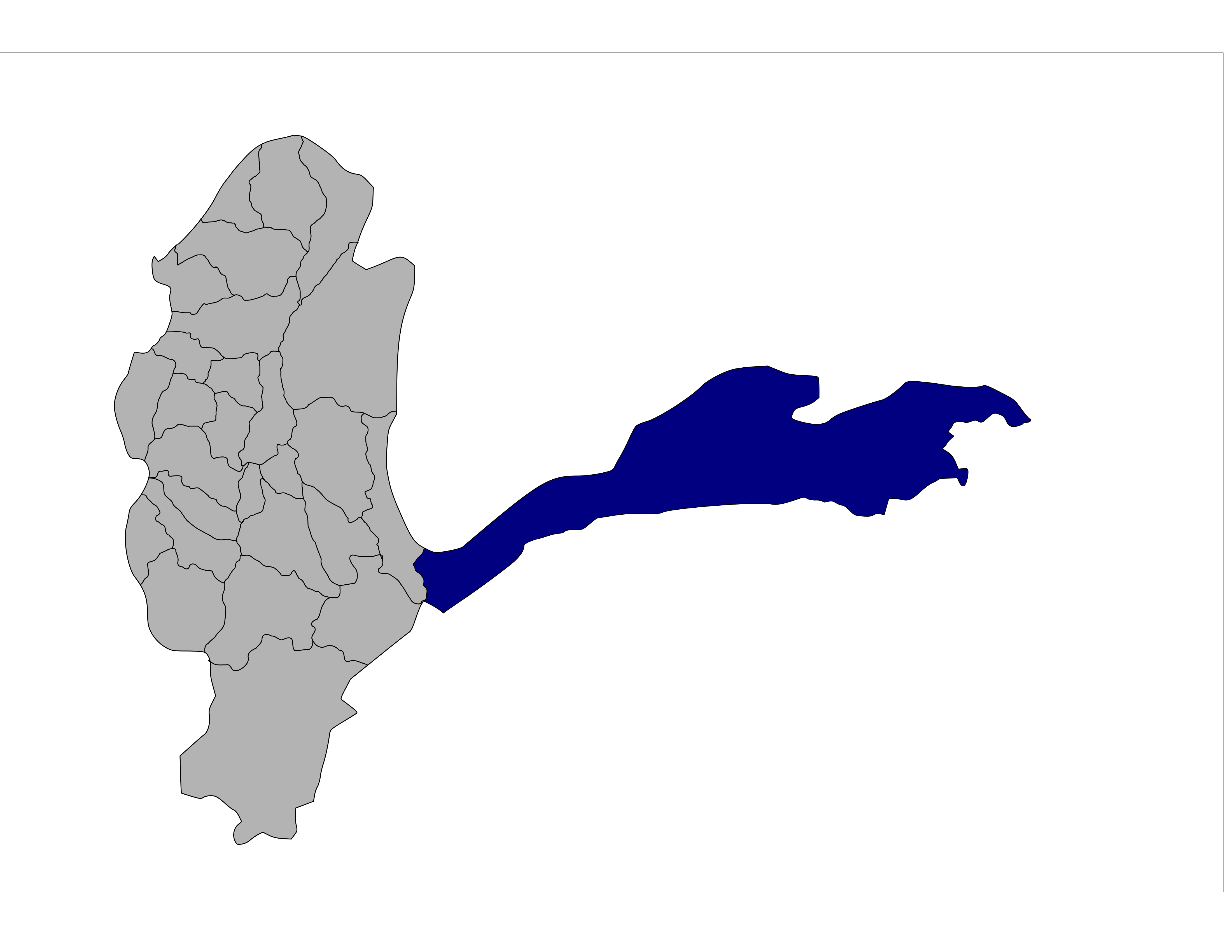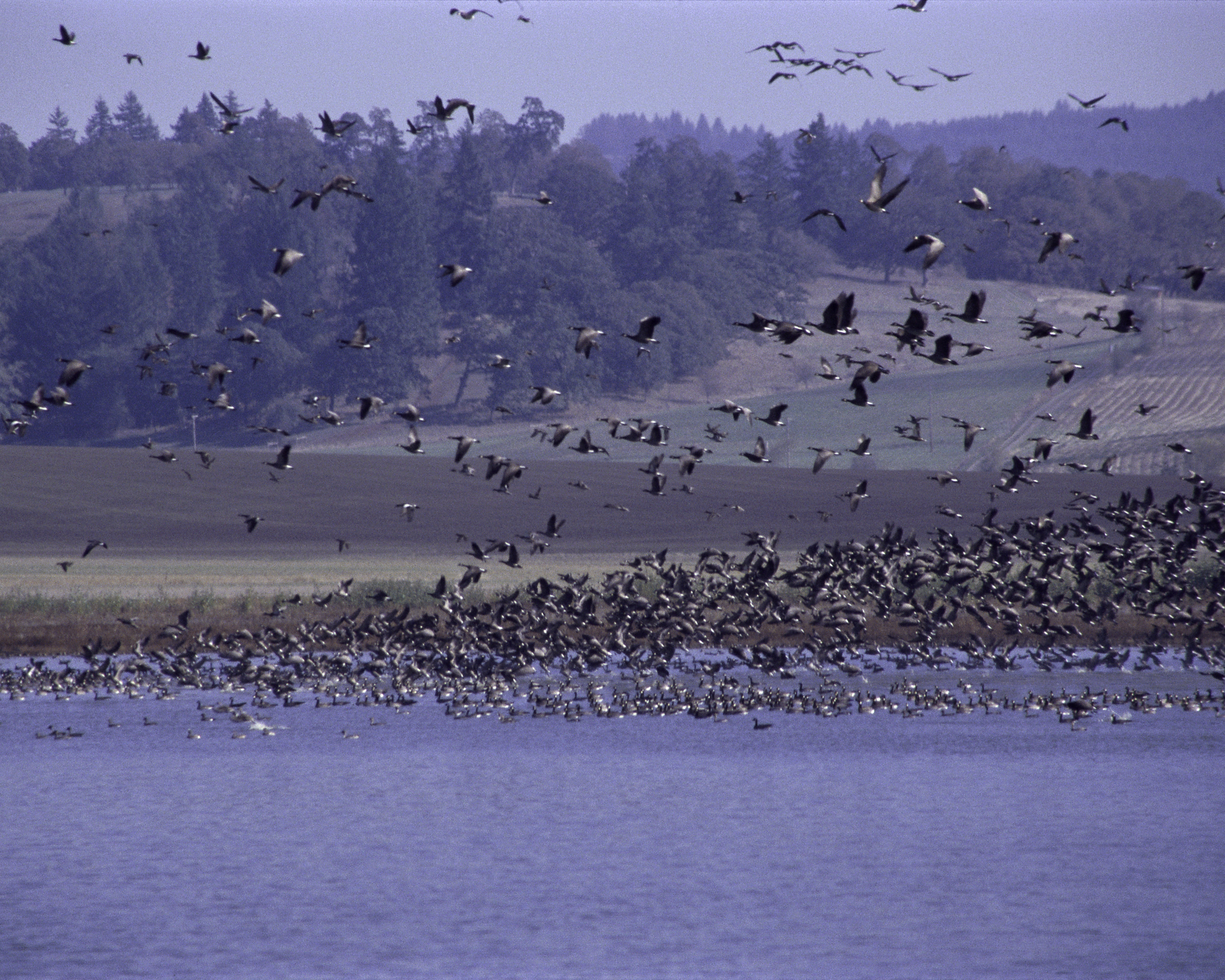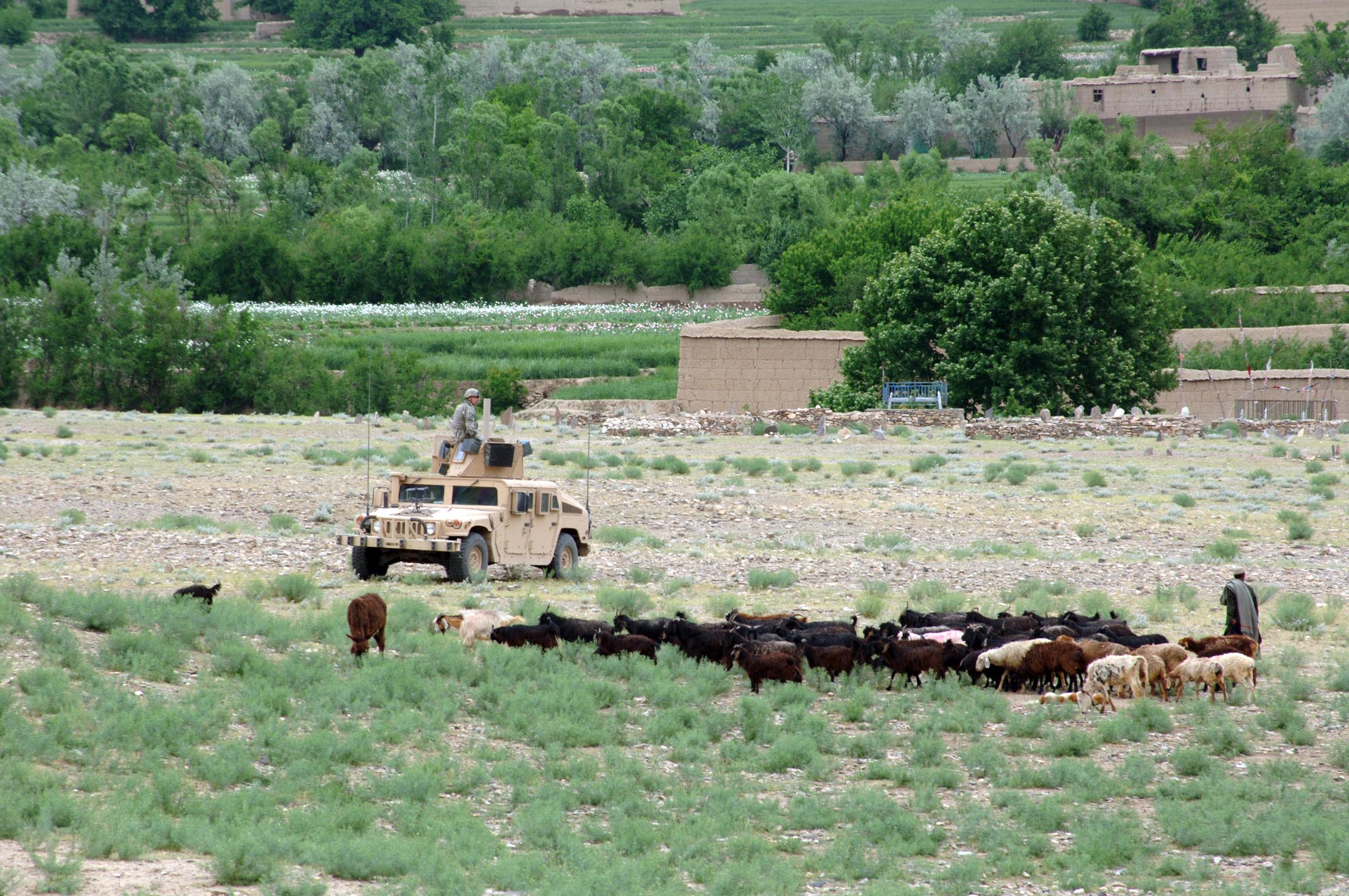|
Wakhan National Park
__NOTOC__ Wakhan National Park is a national park in Afghanistan. Established in 2014, the park comprises the entire district of Wakhan, extending along the Wakhan Corridor between the Pamir mountains and the Hindu Kush, bordering Tajikistan to the north, Pakistan to the south, and China to the east. Flora and fauna include some 600 plant species, the snow leopard, lynx, wolf, brown bear, stone marten, red fox, Pallas's cat, ibex, Marco Polo sheep, and urial. Remote and largely above the tree line, poaching and overgrazing, rather than mining and logging, currently pose the main threats. 13,000 Wakhi and 1,500 Kyrgyz live in the area. See also * Band-e Amir National Park * Wildlife of Afghanistan * Wakhan * Wakhan Corridor The Wakhan Corridor ( ps, واخان دهلېز, translit=wāxān dahléz, fa, دالان واخان, translit=dâlân vâxân) is a narrow strip of territory in Badakhshan Province of Afghanistan, extending to Xinjiang in China and separatin ... Ref ... [...More Info...] [...Related Items...] OR: [Wikipedia] [Google] [Baidu] |
Snow Leopard
The snow leopard (''Panthera uncia''), also known as the ounce, is a Felidae, felid in the genus ''Panthera'' native to the mountain ranges of Central Asia, Central and South Asia. It is listed as Vulnerable species, Vulnerable on the IUCN Red List because the global population is estimated to number fewer than 10,000 mature individuals and is expected to decline about 10% by 2040. It is threatened by poaching and habitat destruction following infrastructural developments. It inhabits Alpine climate, alpine and subalpine zones at elevations of , ranging from eastern Afghanistan, the Himalayas and the Tibetan Plateau to southern Siberia, Mongolia and western China. In the northern part of its range, it also lives at lower elevations. Taxonomy (biology), Taxonomically, the snow leopard was long classified in the monotypic genus ''Uncia''. Since Phylogenetics, phylogenetic studies revealed the relationships among ''Panthera'' species, it has been considered a member of that Genus ( ... [...More Info...] [...Related Items...] OR: [Wikipedia] [Google] [Baidu] |
Marco Polo Sheep
The Marco Polo sheep (''Ovis ammon polii'') is a subspecies of argali sheep, named after Marco Polo. Their habitat are the mountainous regions of Central Asia. Marco Polo sheep are distinguishable mostly by their large size and spiraling horns. Their conservation status is "near threatened" and efforts have been made to protect their numbers and keep them from being hunted. It has also been suggested that crossing them with domestic sheep could have agricultural benefits. Naming The binomial name of the species as a whole is '' Ovis ammon'', described by Swedish naturalist Carl Linnaeus in 1758, and all members of the species are commonly called "argali". The Marco Polo subspecies ''Ovis ammon polii'' was first described scientifically by zoologist Edward Blyth in 1841. These sheep are also commonly called "Marco Polo's Argali" or the "Pamir Argali.". The sheep are named after the 13th century explorer Marco Polo because they were described in ''The Travels of Marco Polo''. Th ... [...More Info...] [...Related Items...] OR: [Wikipedia] [Google] [Baidu] |
Ministry Of Agriculture, Irrigation And Livestock (Afghanistan)
The Afghan Minister of Agriculture, Irrigation & Livestock ( fa, وزیر زراعت، آبیاری و مالداری افغانستان ) is the Government of Afghanistan Cabinet officer responsible for managing Afghanistan's agriculture policy. Among other matters, the Ministry oversees the work of the Helmand and Arghandab Valley Authority. Agriculture Ministers of Afghanistan References External linksOfficial site* , August 16, 2016, Afghanistan Embassy Washington D.C. Government ministries of Afghanistan Agriculture ministries Afghanistan Afghanistan, officially the Islamic Emirate of Afghanistan,; prs, امارت اسلامی افغانستان is a landlocked country located at the crossroads of Central Asia and South Asia. Referred to as the Heart of Asia, it is bordere ... Livestock ministries Agricultural organisations based in Afghanistan {{Afghanistan-gov-stub ... [...More Info...] [...Related Items...] OR: [Wikipedia] [Google] [Baidu] |
Wildlife Conservation Society
The Wildlife Conservation Society (WCS) is a non-governmental organization headquartered at the Bronx Zoo in New York City, that aims to conserve the world's largest wild places in 14 priority regions. Founded in 1895 as the New York Zoological Society (NYZS), the organization is now led by President and CEO Cristián Samper. WCS manages four New York City wildlife parks in addition to the Bronx Zoo: the Central Park Zoo, New York Aquarium, Prospect Park Zoo and Queens Zoo. Together these parks receive 4 million visitors per year."About Us" ''WCS.org'', accessed 23 November 2020 All of the New York City facilities are accredited by the (AZA). H ...
|
National Geographic Society
The National Geographic Society (NGS), headquartered in Washington, D.C., United States, is one of the largest non-profit scientific and educational organizations in the world. Founded in 1888, its interests include geography, archaeology, and natural science, the promotion of environmental and historical conservation, and the study of world culture and history. The National Geographic Society's logo is a yellow portrait frame—rectangular in shape—which appears on the margins surrounding the front covers of its magazines and as its television channel logo. Through National Geographic Partners (a joint venture with The Walt Disney Company), the Society operates the magazine, TV channels, a website, worldwide events, and other media operations. Overview The National Geographic Society was founded on 13 January 1888 "to increase and diffuse geographic knowledge". It is governed by a board of trustees whose 33 members include distinguished educators, business executives, ... [...More Info...] [...Related Items...] OR: [Wikipedia] [Google] [Baidu] |
International Union For Conservation Of Nature
The International Union for Conservation of Nature (IUCN; officially International Union for Conservation of Nature and Natural Resources) is an international organization working in the field of nature conservation and sustainable use of natural resources. It is involved in data gathering and analysis, research, field projects, advocacy, and education. IUCN's mission is to "influence, encourage and assist societies throughout the world to conserve nature and to ensure that any use of natural resources is equitable and ecologically sustainable". Over the past decades, IUCN has widened its focus beyond conservation ecology and now incorporates issues related to sustainable development in its projects. IUCN does not itself aim to mobilize the public in support of nature conservation. It tries to influence the actions of governments, business and other stakeholders by providing information and advice and through building partnerships. The organization is best known to the wider pu ... [...More Info...] [...Related Items...] OR: [Wikipedia] [Google] [Baidu] |
Kyrgyz People
The Kyrgyz people (also spelled Kyrghyz, Kirgiz, and Kirghiz; ) are a Turkic ethnic group native to Central Asia. Kyrgyzstan is the nation state of the Kyrgyz people and significant diaspora can be found in China, Russia, and Uzbekistan. They speak the Kyrgyz language, the official language of Kyrgyzstan. The earliest Kyrgyz people were the descendants of several central Asian tribes, first emerging in western Mongolia around 201 BC. Modern Kyrgyz people are descended from the Yenisei Kyrgyz that lived in the Yenisey river valley in Siberia. The Kyrgyz people were constituents of the Tiele people, the Göktürks, and the Uyghur Khaganate before spreading throughout Central Asia and establishing their own Kyrgyz Khanate in the 15th century. Etymology There are several theories on the origin of ethnonym ''Kyrgyz''. It is often said to be derived from the Turkic word ''kyrk'' ("forty"), with -''iz'' being an old plural suffix, so ''Kyrgyz'' literally means "a collecti ... [...More Info...] [...Related Items...] OR: [Wikipedia] [Google] [Baidu] |
Wakhi People
The Wakhi people ( ur, ; russian: Ваханцы; ), also locally referred to as the Wokhik (), are an Iranian peoples, Iranian ethnic group native to Central Asia, Central and South Asia. They are found in Afghanistan, Tajikistan, Pakistan and China—primarily situated in and around Afghanistan's Wakhan Corridor, the northernmost part of Pakistan's Gilgit-Baltistan, Gilgit−Baltistan and Chitral District, Chitral, Tajikistan's Gorno-Badakhshan Autonomous Region, Gorno−Badakhshan Autonomous Region and the southwestern areas of China's Xinjiang, Xinjiang Uyghur Autonomous Region. The Wakhi people are native speakers of the Wakhi language, an Eastern Iranian languages, Eastern Iranian language. Name The Wakhi people refer to themselves as ''Khik'' and to their language as ''Khik zik''. The Exonym and endonym, exonym ''Wakhī'', which is given to them by their neighbors, is based on ''Wux̌'', the local name of the region of Wakhan, deriving from *''Waxšu'', the old name of ... [...More Info...] [...Related Items...] OR: [Wikipedia] [Google] [Baidu] |
Wildlife Conservation
Wildlife conservation refers to the practice of protecting wild species and their habitats in order to maintain healthy wildlife species or populations and to restore, protect or enhance natural ecosystems. Major threats to wildlife include habitat destruction, degradation, fragmentation, overexploitation, poaching, pollution and climate change. The IUCN estimates that 27,000 species of the ones assessed are at risk for extinction. Expanding to all existing species, a 2019 UN report on biodiversity put this estimate even higher at a million species. It is also being acknowledged that an increasing number of ecosystems on Earth containing endangered species are disappearing. To address these issues, there have been both national and international governmental efforts to preserve Earth's wildlife. Prominent conservation agreements include the 1973 Convention on International Trade in Endangered Species of Wild Fauna and Flora (CITES) and the 1992 Convention on Biological Diversity (C ... [...More Info...] [...Related Items...] OR: [Wikipedia] [Google] [Baidu] |
Environmental Issues In Afghanistan
Environmental issues in Afghanistan predate the political turmoil of the past few decades. Forests have been depleted by centuries of grazing and farming, practices which have only increased with modern population growth. In Afghanistan, environmental conservation and economic concerns are not at odds; with over 44% of the population dependent on herding or farming, the welfare of the environment is critical to the economic welfare of the people. In 2007, the World Health Organization released a report ranking Afghanistan as the lowest among non-African nations in deaths from environmental hazards. Deforestation Felling is illegal all over the country. According to a 2010 report, only about 2.1% (or 1,350,000 ha) of Afghanistan is forested. Some steps have been taken in recent years in planting trees in the urban areas across Afghanistan. Even the Taliban spiritual leader has recently called for planting more trees. Afghanistan had a Forest Landscape Integrity Index mean score ... [...More Info...] [...Related Items...] OR: [Wikipedia] [Google] [Baidu] |
Mining In Afghanistan
Mining in Afghanistan was controlled by the Ministry of Mines and Petroleum, prior to the August 15th takeover by the Taliban. It is headquartered in Kabul with regional offices in other parts of the country. Afghanistan has over 1,400 mineral fields, containing barite, chromite, coal, copper, gold, iron ore, lead, natural gas, petroleum, precious and semi-precious stones, salt, sulfur, lithium, talc, and zinc, among many other minerals. Gemstones include high-quality emerald, lapis lazuli, red garnet and ruby. According to a joint study by The Pentagon and the United States Geological Survey, Afghanistan has an estimated US$1 trillion of untapped minerals. There are six lapis mines in Afghanistan, the largest being located in Badakhshan province. There are around 12 copper mines in the country, including the Aynak copper deposit located in Logar province. Afghanistan's significance from an energy standpoint stems from its geographical position as a transit route for oil, natur ... [...More Info...] [...Related Items...] OR: [Wikipedia] [Google] [Baidu] |
Overgrazing
Overgrazing occurs when plants are exposed to intensive grazing for extended periods of time, or without sufficient recovery periods. It can be caused by either livestock in poorly managed agricultural applications, game reserves, or nature reserves. It can also be caused by immobile, travel restricted populations of native or non-native wild animals. Overgrazing reduces the usefulness, productivity, and biodiversity of the land and is one cause of desertification and erosion. Overgrazing is also seen as a cause of the spread of invasive species of non-native plants and of weeds. Degrading land, emissions from animal agriculture and reducing the biomass in a ecosystem contribute directly to climate change. Overgrazing can be reversed or prevented by removing grazers in order to give plants time to recover between grazing events. Successful planned grazing strategies have been support in the American bison of the Great Plains, or migratory Wildebeests of the African savann ... [...More Info...] [...Related Items...] OR: [Wikipedia] [Google] [Baidu] |





.jpg)



